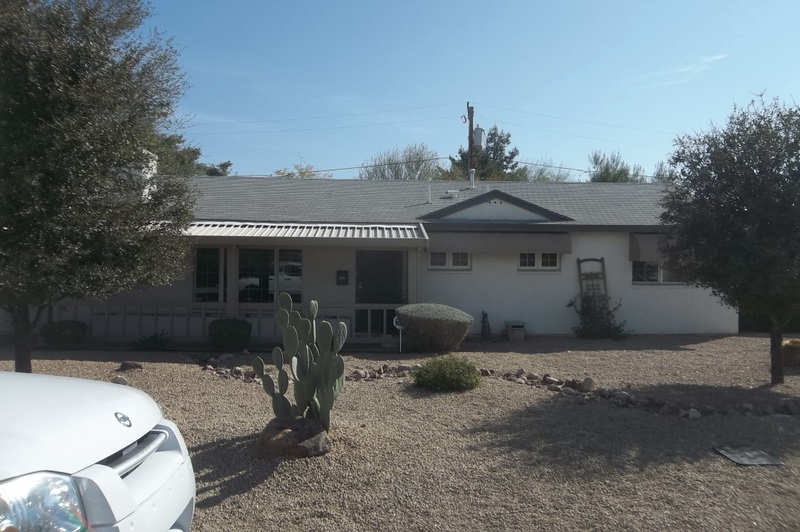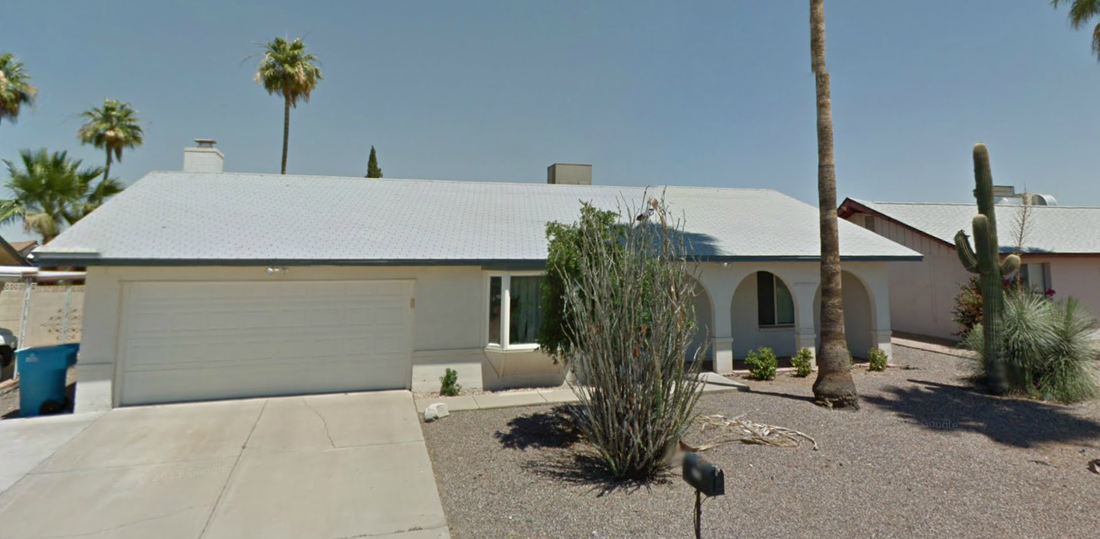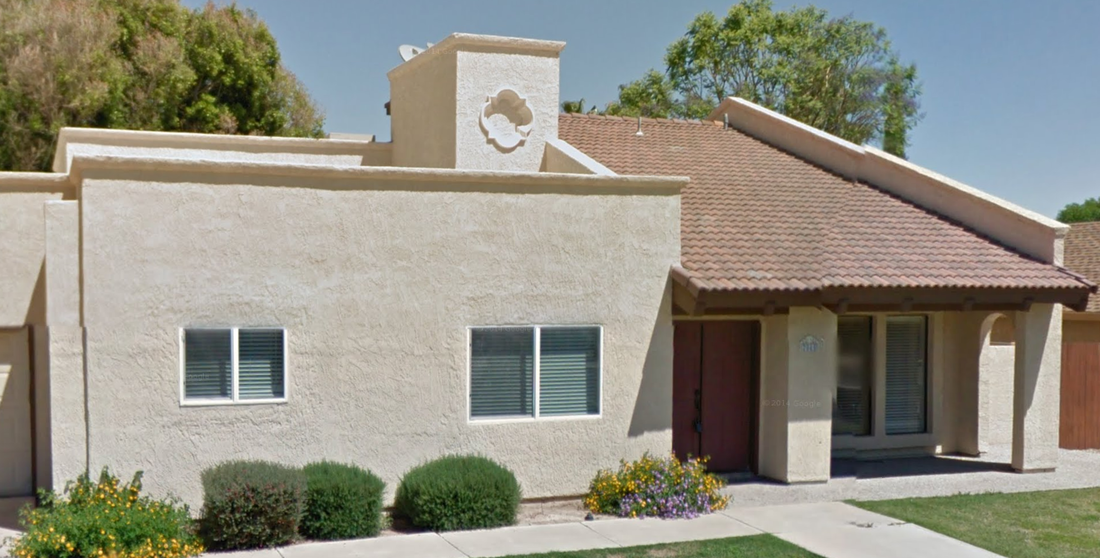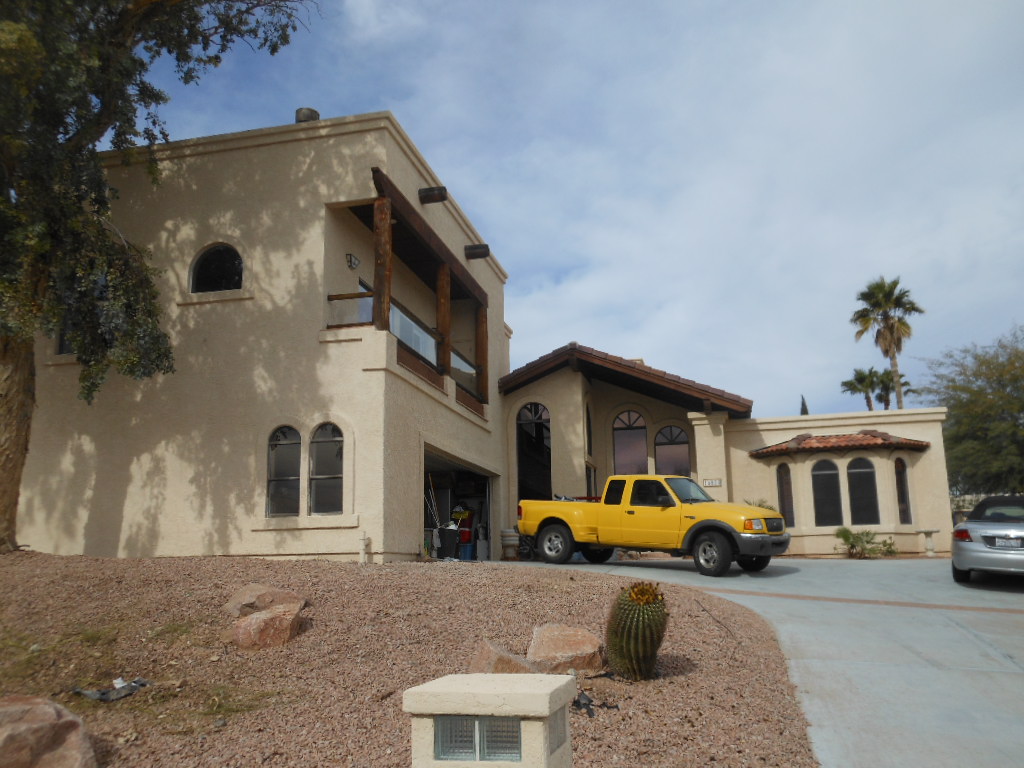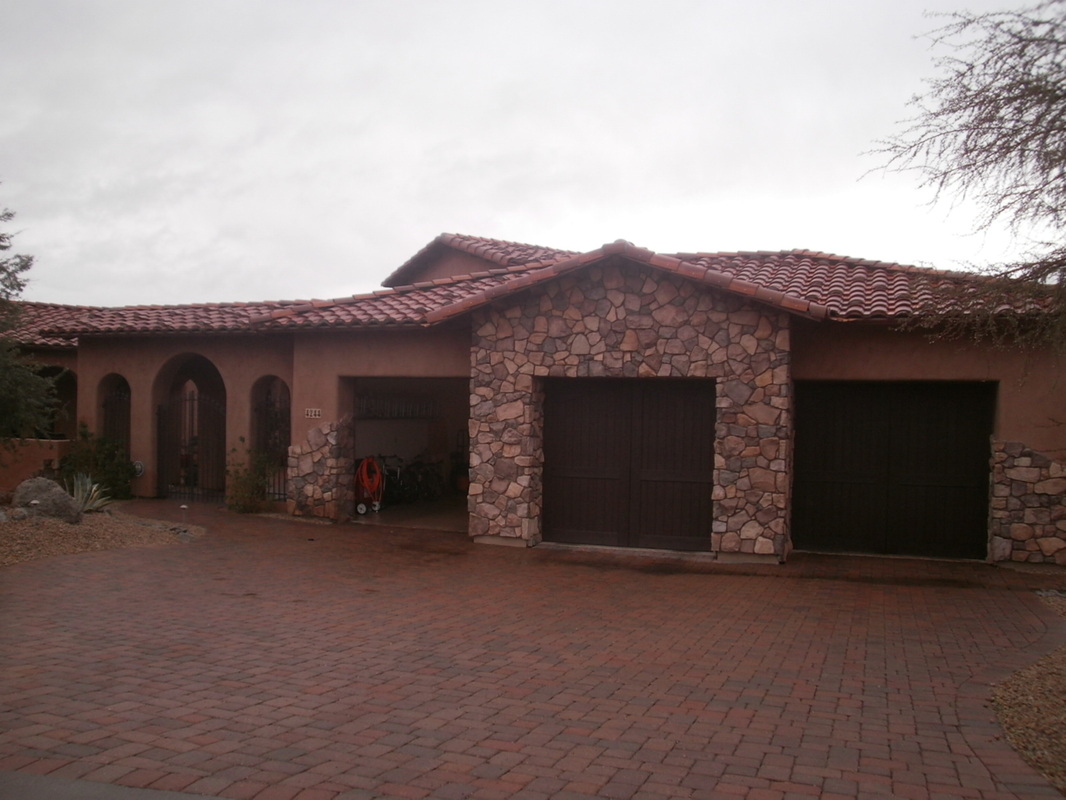 Insulation is a very important aspect of your home. In warm climates, it keeps the heat outside, and in cold climates, it keeps the heat inside. Insulation is used in many different locations in houses: inside walls and ceilings, around foundations, and in attic spaces. There are a variety of types and forms of insulation available, some of which are better suited for use in specific parts of a house. Unfortunately, nearly every type of insulation has been linked to a potential health hazard. However, with help from a knowledgeable expert in insulation installation and material selection, a healthy house can (and should) contain insulation. Today, most commercially available insulations are man-made. Most of today’s insulations can be used safely in a tightly constructed house where the insulation is well separated from the living space. Despite health concerns related to nearly all other building materials, insulation gets the most press coverage. This is largely due to the energy crisis of the 1970s in which urea-formaldehyde-foam insulation was responsible for elevated formaldehyde levels in some homes. As a result of health impacts, this product was banned and that type of insulation has disappeared from the market. Loose-fill and Blown-inLoose-fill and blown-in insulations come in several forms. Some can simply be poured out of a bag, while others are blown through a special machine, and then through an applicator hose. Cellulose and chopped fiberglass are the most common types of loose fill and blown in insulation. Sometimes the only way to insulate the walls of an existing house is to drill holes in the walls and blow insulation into the wall cavities. Existing attics can be insulated in a variety of ways, but blown-in insulations are often quicker and cheaper to install than batts. When carefully blown into sidewalls by an experienced installer, insulation can help to tighten a house, thus minimizing infiltration while maximizing energy efficiency and comfort. Fiberglass Insulation Fiberglass insulation comprises nearly 90% of the US market for home insulation. Fiberglass insulation, however, poses many health risks. Imagine what happens when a window is broken: the glass is extremely sharp and is very dangerous. Fiberglass insulation has the same effect on our lungs, skin, and eyes. The area exposed to fiberglass becomes itchy and irritated. If these small particles of glass become lodged in the lungs, serious respiratory conditions may result (Green Build). Much of the concern over the potential carcinogenic aspects of man-made mineral fibers relates to very small diameter fibers which can be inhaled. Fiberglass insulation is our least preferred type of insulation when upgrading homes because it is itchy and more expensive than cellulose insulation. It is important to understand that the exposure to fiberglass is not significantly risky unless you live near a production facility or work with it on a regular basis. Chopped fiberglass is installed in a manner similar to that of cellulose. It is composed of small fibers of glass, but is loose in form so that it can be blown into wall cavities or attic spaces. Glass is inherently non-combustible and is not subject to being attacked by pests, so it does not need to be chemically treated like cellulose. Many homes with forced air heating systems have leaks. Leaky ducts can suck in fiberglass particles and spread them around the house. In addition, the resins that are used to bond the fiberglass can also emit small amounts of toxic fumes. At Green ID, we say, "build it tight and ventilate it right," when it comes to home construction. By properly ventilating your home and bringing in fresh air, you can avoid sick home syndrome while minimizing your heating and cooling costs. Our low-cost energy audit can help you find out where leakages are occurring and what you can do to minimize your risk. In most modern homes, however, the migration of fibers into the living space is negligible. In tightly constructed houses, insulation of all types is well separated from the occupants. Cellulose Insulation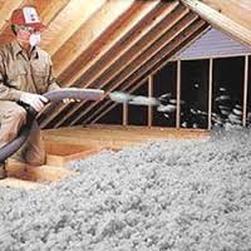 Cellulose insulation is largely made from post-consumer recycled newspaper, making it a more eco-friendly choice. It is a very popular product today. Because newspaper is naturally combustible; cellulose insulation can be eaten by insects, fungi, or bacteria; and can be used as nesting material for rodents, This means that the insulation must be chemically treated, thus resulting in approximately 20% of the final product consisting of chemicals. From a health standpoint, the various chemical additives can cause reactions in certain sensitive occupants. Symptoms vary greatly depending on the individual exposed. Because cellulose insulation is finely ground and powdery, it can filter through very small openings into the living space, making it all the more important to have an experienced professional help with your installation. Cellulose insulation is often installed in existing wall cavities through small holes drilled in the exterior siding, which are plugged after the cavities are filled. Small gaps around electrical outlets can potentially be pathways for insulation to enter the living space of a house. In most cases, however, cellulose insulation is installed conscientiously and it remains inside building cavities, so it presents no health problems to the occupants. However, it is possible for amounts of the insulation to blow into the living space of an existing house during installation. This means that installers must be careful to minimize such exposure, and then clean up thoroughly. New houses can also be insulated with cellulose, and if they are constructed tightly, the insulation will not be able to migrate into the living space. If you are concerned that your house might have points of leakage, Green ID can help by inspecting your insulation and any points there might be problems. Spray Polyurethane Foam Spray polyurethane foam is widely promoted as a green building material for its ability to improve energy efficiency. It insulates better per inch than fiberglass or cellulose, which can mean major energy savings. However, energy efficiency is not the only consideration when it comes to sustainable building. A close look at spray foam’s chemical makeup reveals a number of substances that are known to be hazardous (Treehugger.com). The chemicals that spray polyurethane foam consists of create hazardous fumes during the application, which is why installers and nearby workers must wear personal protective equipment during the installation process. Once the foam has fully expanded and dried, however, it is inert. However, it is important to remember that, if the chemicals are not properly mixed, they may not react fully and can remain toxic. In addition to the dangers associated with installation, the chemicals can potentially remain unreacted in the form of dust and shavings. This poses a risk when cutting or trimming the foam as it hardens, as well as when it is removed. Keeping Your Home SafeMany synthetic materials release toxic substances when heated and burned. (This is one of the reasons that fire fighters wear oxygen masks when entering a burning building.) During a fire, fiberglass insulation itself gives off little in the way of toxic gases. The resin involved in fiberglass, however, can decompose in a fire and produce small amounts of ammonia, carbon dioxide, carbon monoxide, carbon particulates, and traces of hydrogen cyanide. Facing materials can also give off toxic gases in a fire.
Energy conservation and insulation in particular, is often blamed for poor ventilation, indoor air pollution and, as a consequence, poor health. In this context, health issues are not directly due to the insulation, but are due to the failure to specify low-emissions furnishings and materials and to incorporate mechanical ventilation as part of the system. Because there are no insulation available that are 100% safe, care should be taken to ensure that they are well separated from the living space. Tight construction techniques are the most effective means of separation to prevent both gases and particles from entering the home by air sealing the home from the attic space. If you are concerned about your air quality or you are interested in having your air quality checked, we can help! Our Energy Audit will check for leakages that could be affecting your health and causing your home to be less energy-efficient. Sign up today to be on your way to cleaner, greener home
16 Comments
Andrea Cresswell
6/19/2018 06:18:52 am
I appear to be reacting to something in my home. I have removed the carpets and replaced with vinyl tiles (not sure how long the carpet was down but assume a number of years). This doesn't appear to have solved my issue. The surface of my bedroom cupboards (metre high) have a film of what appears to be fibrous fluff (not dust) when I clean them weekly. I have covered the airconditioning vents in the ceiling to see if this is where the fibre is coming from and this has proven fruitless. There doesn't appear to be anywhere that the fibre can come down from the ceiling as the cornices appear to be sealed. So this is a real mystery. I feel very chesty and my voice is affected. Your advice would be much appreciated. Is there anywhere this fibre can be sent to be tested. I have tried the Environmental Protection Authority here in Australia but they only test for asbestos and lead. Thank you
Reply
David
12/31/2018 04:48:54 pm
Yes, you can have an air quality test performed looking for VOC's. If you haven't had an energy audit done on your home, you may want to start there. The blower door test with the IR scan of your home will identify where your air leakage pathways are coming from and how "connected" your attic, basement or crawlspace is connected to the inside of your home. It will also hopefully pinpoint exactly which pathway the majority of your leaks are coming from. You should look for an auditor with good reviews, preferably an owner-operator who performs the energy audit themselves. Explain to them what is going on in your home and choose someone that mentions doing a thorough blower door test with the IR scan.
Reply
I had no idea that fiberglass comprises nearly all of the US market for insulation. Fiberglass insulation should only be installed by experienced contractors that have the proper equipment. My neighbor is looking to further insulate his attic, so I'll be sure to help him find a reliable contractor to work with.
Reply
Susan
4/22/2019 02:29:21 am
My basement is unfinished and has low ceilings. Because of the low ceilings we do not plan to finish the basement. It is a large and open space nonetheless so is it an important area for regular storage of items. We keep a dehumidifier going with direct drainage and the humidity level goes no higher than 40%.
Reply
mia
4/30/2019 05:57:15 am
we are currently remodeling out basement, and are considering taking advantage of the missing drywall to add additional insulation. We had an energy assessment last year, and as the result we had to install air exchanger because our house was "too tight." After reading your article, my questions are:
Reply
10/1/2019 01:29:00 am
Really the blogging Insulation is a very important aspect of your home. In warm climates,it keeps the heat outside, and in cold climates,is spreading its wings rapidly.Great post full of useful tips!
Reply
Tisha
2/16/2020 07:27:47 pm
Hi.I noticed a small shred of glass fiber insulation in my attic..only the door and one wall is insulated with yellow bats...does that mean it became airborne and the whole house is full of fiberglass
Reply
David
3/12/2020 03:31:00 pm
Hi Tisha, it’s not likely the fiberglass became airborne, your attic probably had very little to begin with. Depending on the age of your home there may not have been any insulation installed or it has settled. You can have an air quality test done to measure particulate matter to be safe.
Reply
4/11/2020 01:09:12 pm
What a brilliant blog. Really makes you think. Does insulation like this actually help keep the house warmer? Good job! thanks for the relevant information. I have also found this resource Insultech.co.nz useful and its related to what you are mentioning.
Reply
Rosamary mauney
5/27/2020 12:14:13 pm
Bought a condo with gas furnace in attic. Gas furnace is in large attic with fiber glass insulation all in attic . But not where furnace but all around attic and in same big room. Can I have a problem with breathing Fiberglas I downstairs vents
Reply
douglas diem
6/9/2020 08:58:25 pm
Pile of insulation in the crawlspace behind my bed with a door to the crawlspace wondering if this could have any implications on my health? I’ve had eye issues for a few yrs now. Just Recently I open the door to see what was in there and saw the pile of insulation. For right now I just put
Reply
6/24/2020 06:15:21 am
Your blog is amazing it gives so much information on how to be cautious on installing insulators.
Reply
10/14/2020 01:42:08 pm
It's good to know that today's insulation can be used safely in tightly constructed homes. I want to build a house that isn't too big but big enough to house my family. The land isn't too big so it will most likely be a tight fit.
Reply
11/8/2020 11:17:17 pm
I greatly appreciate all the details you gave about blown-in insulation and how it can be installed quicker and cheaper than most other insulation types. We were planning to extend our living room to be able to house more guests throughout the holidays and even make it function like a pseudo-guest room. This would definitely need some basic insulation to make sure they don't freeze while staying there, so I'll opt to get some blown insulation services for that area with how quickly it can be installed.
Reply
9/12/2021 12:34:53 pm
I heard that traditional home insulation is bad for your health and fiberglass particles can harm breathing systems.
Reply
9/12/2021 01:50:44 pm
There are a variety of types and forms of insulation available. But we aware of which are better suited for use in specific parts of a house and better for health.
Reply
Your comment will be posted after it is approved.
Leave a Reply. |
Sign Up For Your Home Energy AuditFIND YOUR HOME TYPERanch HomesSingle Story, Spec HomesTwo Story, Spec HomesTri-Level HomesPre-1990 Custom HomePost-1990 Custom HomeDon't See Your Home? Find Your City Below!Archives
April 2024
Copyright Notice©2009 – 2023
All Rights Reserved |


